Paris-Roubaix is the toughest one-day race on the pro cycling calendar and a feast of tech, with the world’s best riders pitting their bikes and bodies against the brutal cobbles of northern France.
With last year’s Paris-Roubaix cancelled and this year’s pushed back six months, we’ve had two-and-a-half years of bike development since the pros last took to the race’s notorious pavé.
And that was reflected in the choice of bikes and equipment for the 2021 Hell of the North, in both the men’s race and the first-ever edition of the Paris-Roubaix Femmes.
That, coupled with bad weather and cobbles caked in mud through the weekend – the first properly wet Paris-Roubaix since 2002 – meant there was a marked shift in equipment on display at this year’s race (take a look at our round-up of Roubaix tech from 2011 for more evidence of that).
Here are our top 5 tech trends from the 2021 edition of Paris-Roubaix.
Disc brakes
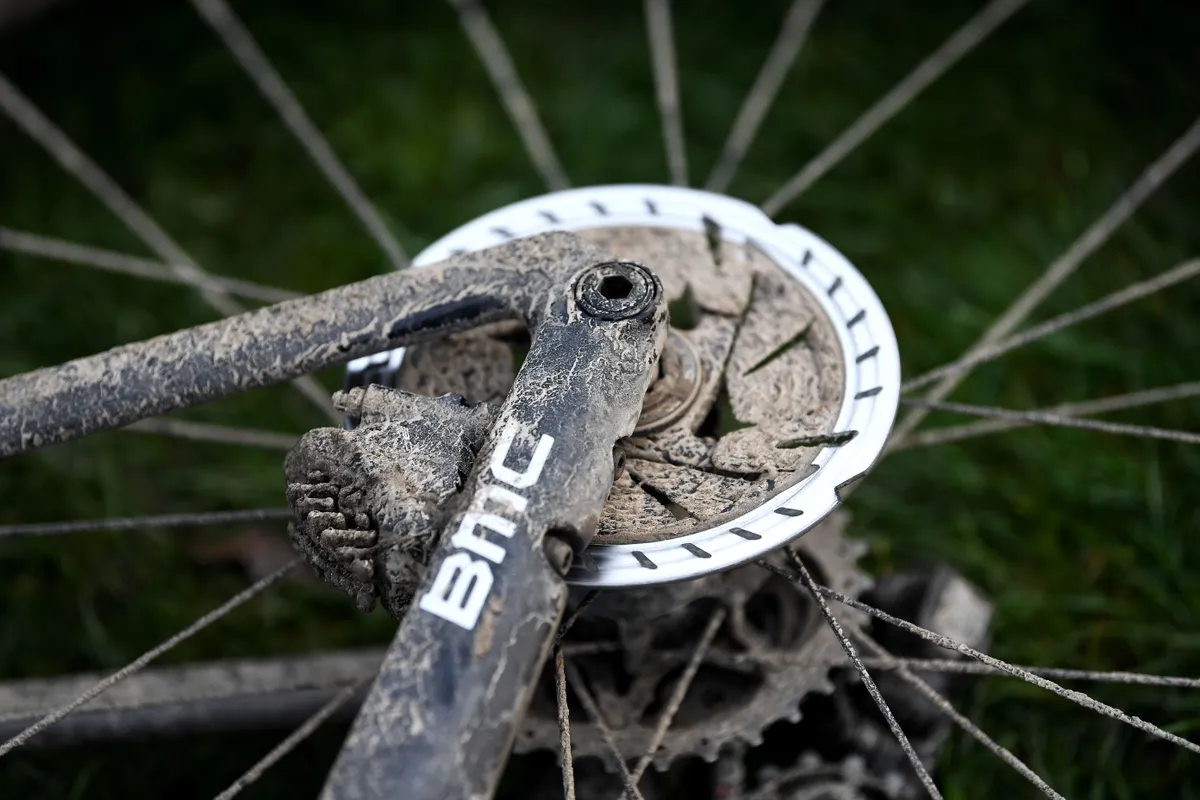
Reports of the death of rim brakes have been greatly exaggerated over the years – at least in the pro peloton. But the 2021 Paris-Roubaix was the race to finally kill them off, with the last hold-out of rim brakes, Ineos Grenadiers, now finally switched to discs.
With a flat parcours for Paris-Roubaix, any weight penalty gained from switching to discs isn’t an issue, while the consistent stopping power and better modulation of road disc brakes are significant pluses on the slippery cobbles.

The fact that disc calipers don’t get clogged up with mud and the brakes are a sealed system are real advantages, too – not least in conditions like those that affected Sunday’s race.
Plus, disc brakes don’t interfere with tyre width and clearance, as we’ll come on to.
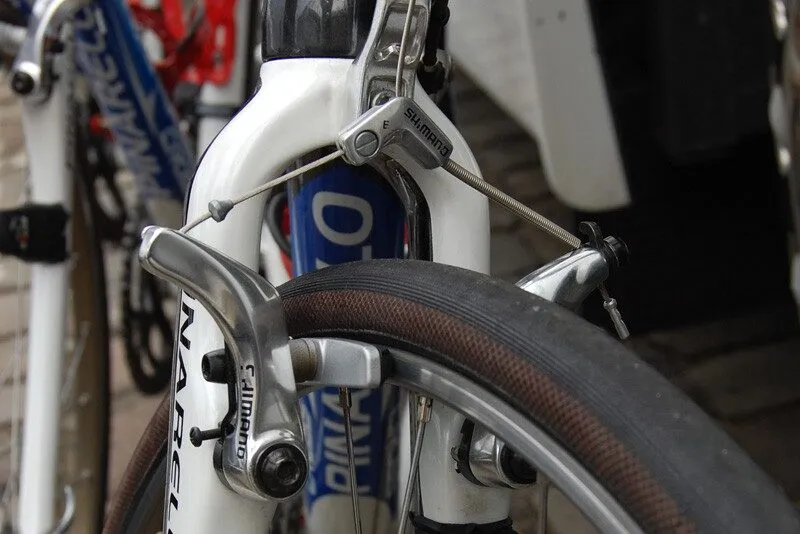
In years gone by, you’d sometimes see pros opt for cantilever brakes on cyclocross bikes to up their tyre clearance when running extra-wide tyres at Paris-Roubaix. But as in cyclocross races, disc brakes have taken over, giving riders the same advantage of plush tyres, with decent stopping as a bonus.
And that brings us on to the next trend…
Even wider tyres
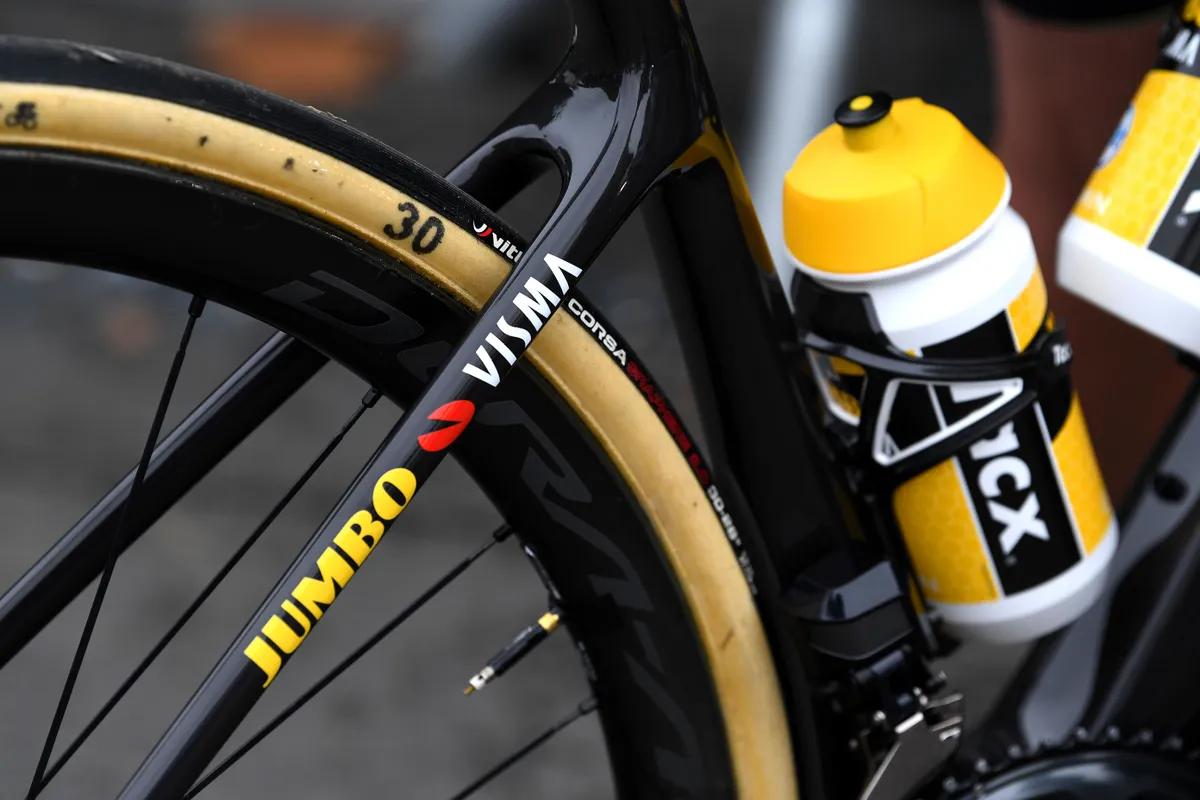
Wider tyres have long been a feature of Paris-Roubaix. The chance to run lower tyre pressures helps take some of the sting out of the cobbles, while the larger contact patch gives the advantage of improved grip over the pavé.
So it was no surprise to see the pros running wider rubber than in the majority of races. What’s changed is that the modern crop of pro-level road bikes can easily accept those tyres, without compromising clearance or component choices.
That means pros can ride their standard WorldTour bikes at Paris-Roubaix and still get a spec to handle the cobbles.
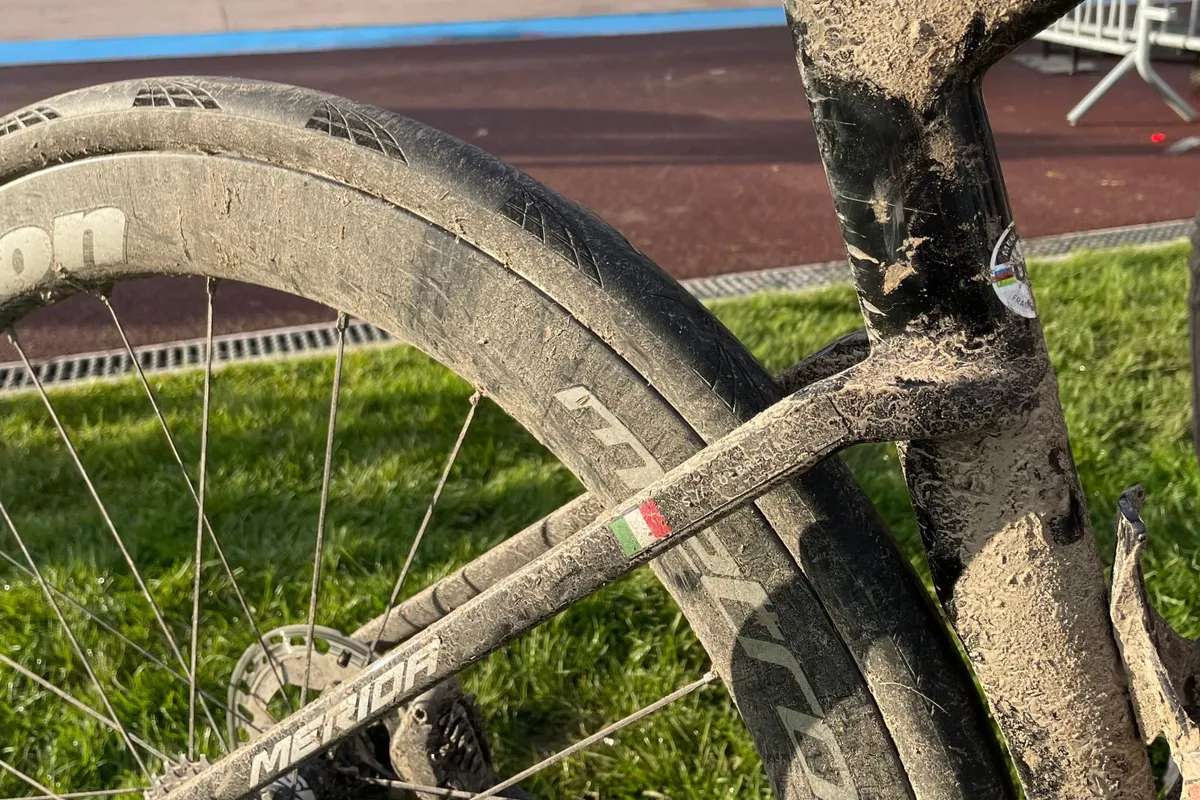
Take, for example, the bike of men’s winner Sonny Colbrelli. The Italian used his regular race-day machine, the Merida Reacto – an aero road bike that can take a 30mm tyre, and Colbrelli took full advantage of that clearance.
In years gone by, tyre width at Paris-Roubaix maxed out at 28mm, but we expect most riders at the 2021 races were on 30mm rubber as a minimum.
Add tubeless into the mix and this year’s tyre choices looked very different to what we’re used to seeing.
Tubeless

Tubeless tyres are another of those road bike trends that have received a mixed response from the pros, many of whom still seem to love their tubular tyres.
With someone else paying for their tyres and mechanics to glue them to their wheels, there’s a lot for pros to like about tubs – the technology has been reliable for decades and they are less prone to pinch punctures, both of which are good things for Roubaix.
But again, the tide seems to be turning and the Hell of the North provided the ideal battleground to prove the potential advantages of the newer technology.
We’ve already seen tubeless tyres used in early-season cobbled races and they’ve cropped up in time trials too, where the lower rolling resistance can give an edge.
Continental’s new Grand Prix 5000 S TR tubeless tyre was used by Filippo Ganna to retain his title in the individual time trial at the recent road World Championships – and Conti’s revamped tubeless tyre was used widely across the peloton at Paris-Roubaix, including by Colbrelli en route to winning the men’s race.
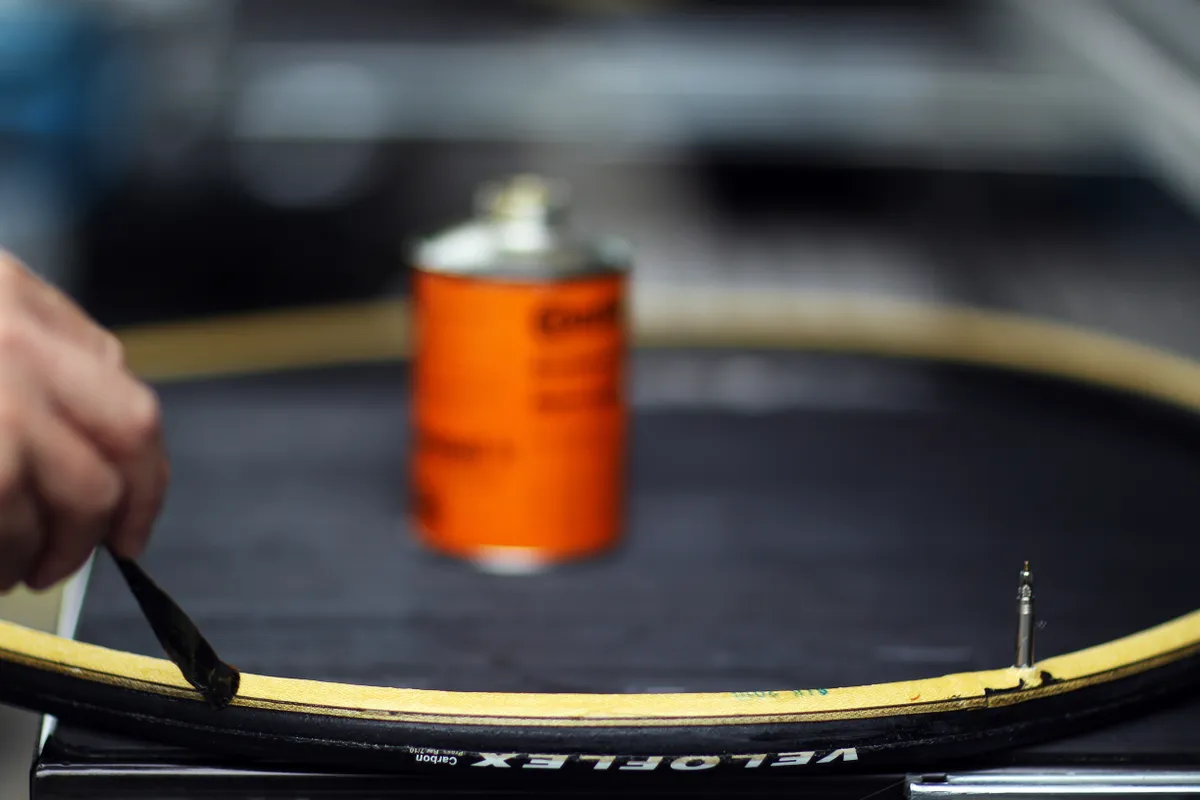
The winner of the Paris-Roubaix Femmes, Lizzie Deignan, was also using Pirelli P-Zero Race TLR tubeless tyres. Case closed, then?
Tubeless clinchers are a smart option for wide tyres on rough surfaces. You don’t need to worry quite so much about pinch flats and can therefore run them at lower pressures than a clincher tyre with an inner tube. They can roll faster than tubular tyres, too.
There’s also the option to add an insert into the tyre, such as the Vittoria Air-Liner Road, to give you the ability to keep riding for a while even if you get a puncture. A number of teams are thought to have been using inserts with tubeless tyres.
One final point on tyres. Paris-Roubaix has historically seen smaller tyre brands come to the fore, namely FMB and Dugast, with super-supple handmade tubulars.
We’re used to seeing many teams ditch their regular tyre suppliers for Paris-Roubaix, in pursuit of the grippiest, comfiest rubber possible, but with the tubeless market controlled largely by the big brands, the likes of FMB and Dugast – the latter now owned by Vittoria and used by the Jumbo-Visma team – were in short supply at this year’s races.
Aero is everywhere
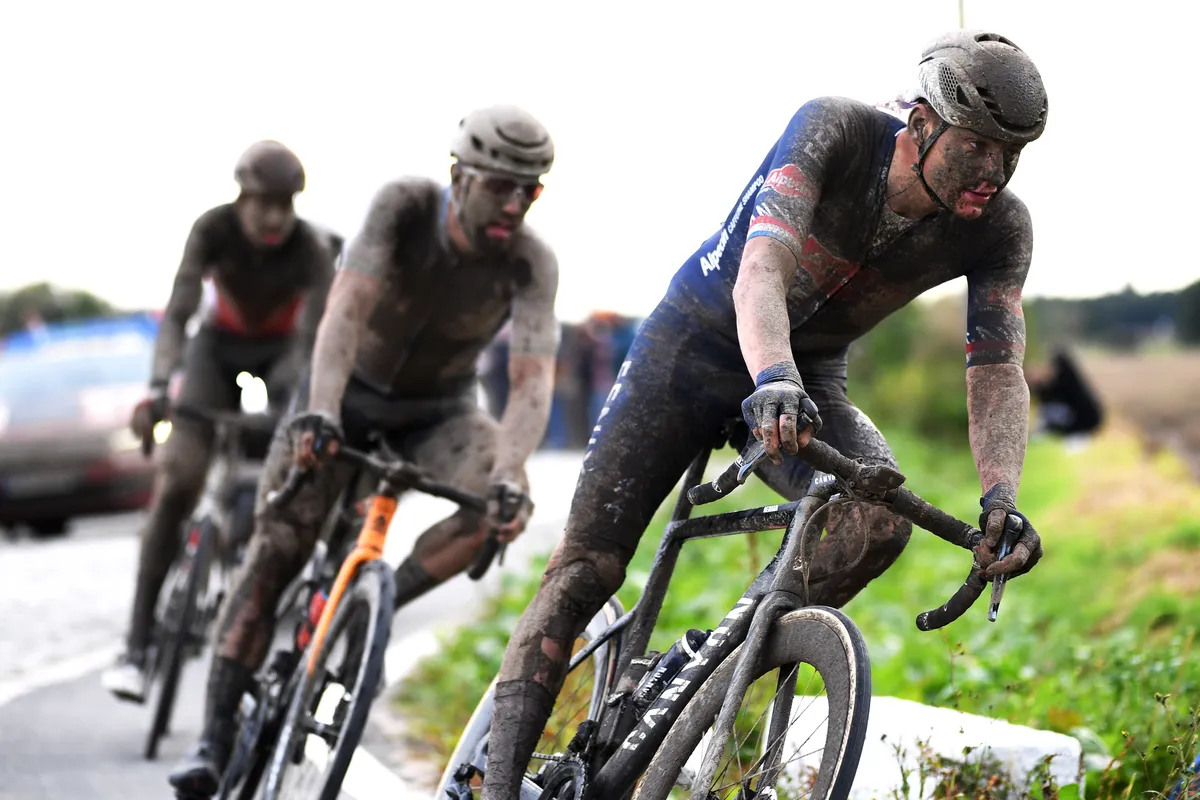
The talk at Paris-Roubaix may be about gains and losses on the cobbles, but the bulk of the 258km men’s route is on tarmac, with ‘only’ 55km of pavé. Being flat, it’s always a fast race, with winners usually averaging well over 40kph.
So while all the column-inches might be taken up with talk about adaptations to the cobbles, like double-wrapped bar tape and the aforementioned wide tyres, go-faster features are also significant.

A lot’s changed since that was first brought to the fore by Matthew Hayman’s 2016 win on the rim brake Scott Foil aero bike.
Now pretty much every pro team has a Roubaix-ready aero bike at its disposal, from the latest Merida Reacto (which Colbrelli rode to victory), to the Canyon Aeroad CFR and Cannondale SuperSix Evo, all of which have clearance for 30mm tyres.
Star riders are now routinely kitted out in aero clothing too, including aero helmets and skinsuits, even for a 258km race.

Whereas Hayman’s win on an aero bike was a major talking point in 2016, fast forward five years and aero was touching almost everything at the 2021 Queen of the Classics, from integrated cockpits and barely a cable in sight to deep-section wheels free from the constraints of running rim brakes.
On that note, in years gone by, we've seen some teams use robust aluminium wheels at Paris-Roubaix, but with rim brakes removed from the equation and carbon road bike wheels wider and more aero than ever, there's little need to rely on alloy.
Bike choice
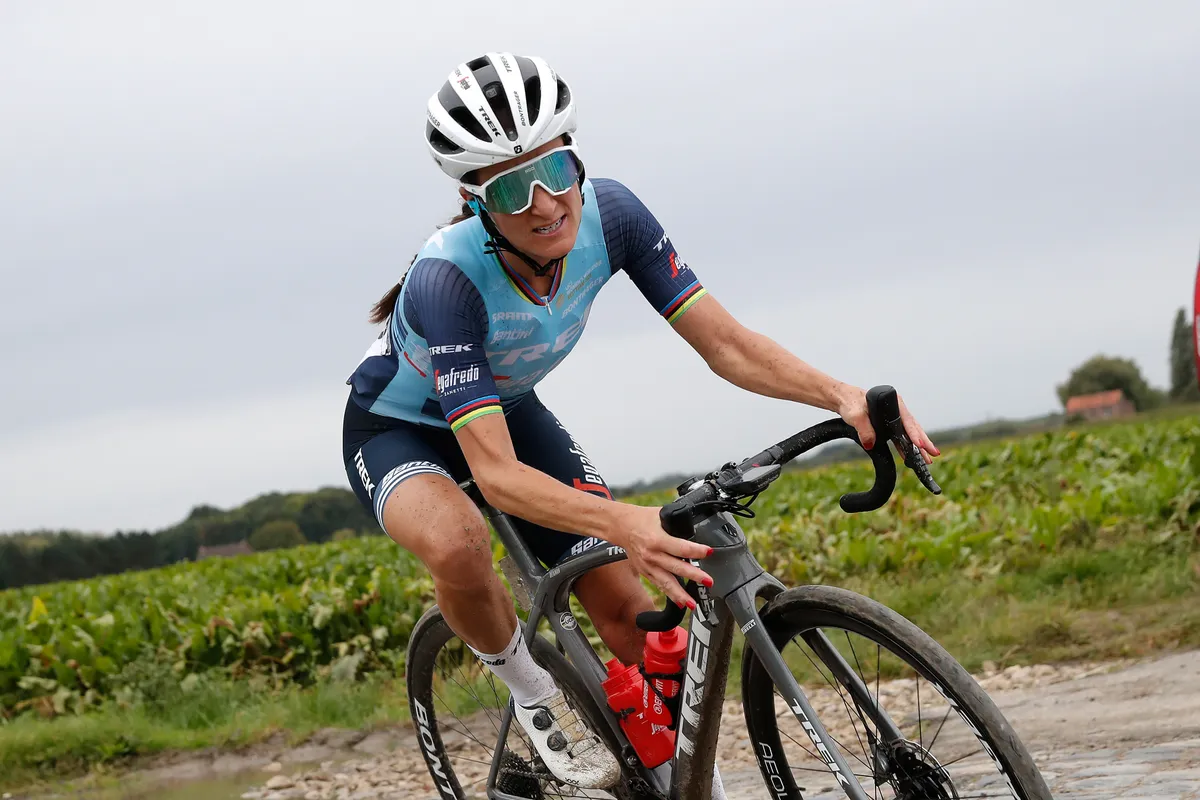
Paris-Roubaix has always drawn out some unusual bike choices, from modified cyclocross bikes to Johan Museeuw’s 1994 full-suspension Bianchi (which failed under the stress of the race).
Latterly, it’s become a showcase for brands to remind the buying public that they don’t just make race bikes but that their endurance bikes can also mix it at the top level of the sport. Take the eponymous Specialized Roubaix – named after the race and ridden to multiple victories.

However, with the rise of disc brakes and wide tyres, as well as the ever-growing importance of aerodynamics, there’s now much more conformity in bike and component choice at the Hell of the North. The majority of riders across both the men's and women's races stuck to their regular race rigs in a fairly standard spec, with a smattering of Paris-Roubaix upgrades.
That said, some teams did switch to comfort-focused bikes, including Lizzie Deignan, who rode the Trek Domane on her way to winning the women’s race. Even if the Domane is a bike we're very familiar with by now, Deignan’s machine was still a nod to the future, with a 1x drivetrain and tubeless tyres.
